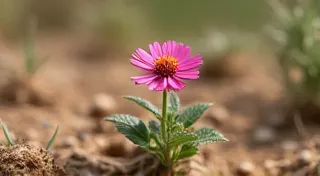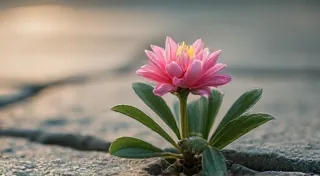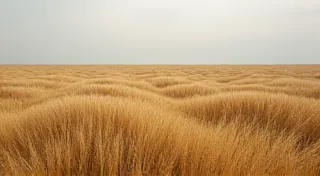The Heron’s Stance: Patience, Stillness, and the Art of Observation
The world rushes by, a blur of notifications, demands, and fleeting moments. We're taught to be active, productive, always striving. But what if true understanding, true appreciation, lies not in the frantic chase, but in the deliberate pause? I find that lesson reflected most vividly in the posture of a heron, standing sentinel at the water’s edge, utterly still, a living sculpture of patience. And I’ve found a surprising echo of that stillness in another unlikely vessel: the antique accordion.
My journey into birdwatching began, as many do, with a casual interest. A robin in the garden, a flock of geese overhead – pleasant observations, certainly. But it wasn't until I consciously started
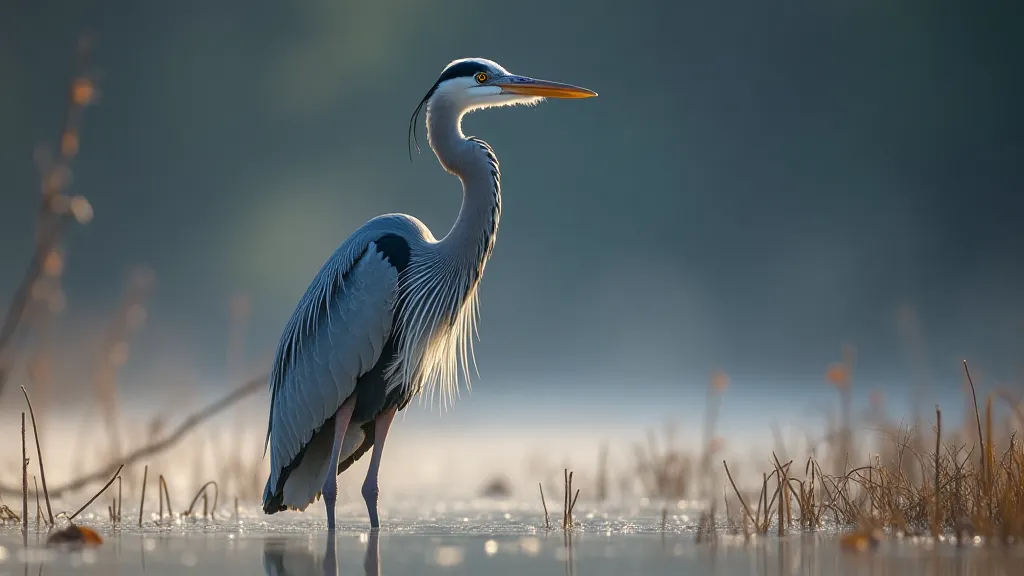
The Accordion's Silent Song
The connection between the heron and the antique accordion might seem tenuous, but bear with me. I inherited my grandfather's accordion after he passed. It was a Hohner Monarch, a beautiful piece of craftsmanship from the 1950s, its bellows worn, its keys sticky, its voice muted. Initially, I saw just a broken instrument, a dusty relic. I’ve always been drawn to things with history, objects that whisper stories of past lives, but this felt daunting. Restoring it seemed an impossible task. But in approaching its restoration, I discovered a profound lesson in patience and stillness, much like the heron's.
Each step – meticulously cleaning the reeds, replacing worn leather, carefully lubricating the keys – demanded a quiet focus. The process wasn's about speed or efficiency; it was about understanding the mechanics, appreciating the artistry of the maker, and preserving a piece of history. It was about being present in the moment, feeling the weight of the metal in my hands, hearing the subtle clicks and sighs of the bellows.
Accordions weren’t always seen as quaint, vintage instruments. In the early 20th century, they were a staple in American music, from polka bands to vaudeville acts. Hohner, founded in 1852, became a global leader in musical instrument manufacturing, and their accordions played a significant role in bringing music to communities across the world. My grandfather, a first-generation American, played in a small polka band in his youth, bringing joy and connection to his neighbors. The accordion wasn't just an instrument; it was a cultural bridge, a source of shared experience. The quiet dedication required to maintain such an instrument, to unlock its voice again, resonates with the focused introspection one finds in birdwatching—a practice that often reveals a quiet beauty and understanding of the world through a carefully observed silence. It's a form of cartography of silence, mapping the inner landscapes revealed through observation.
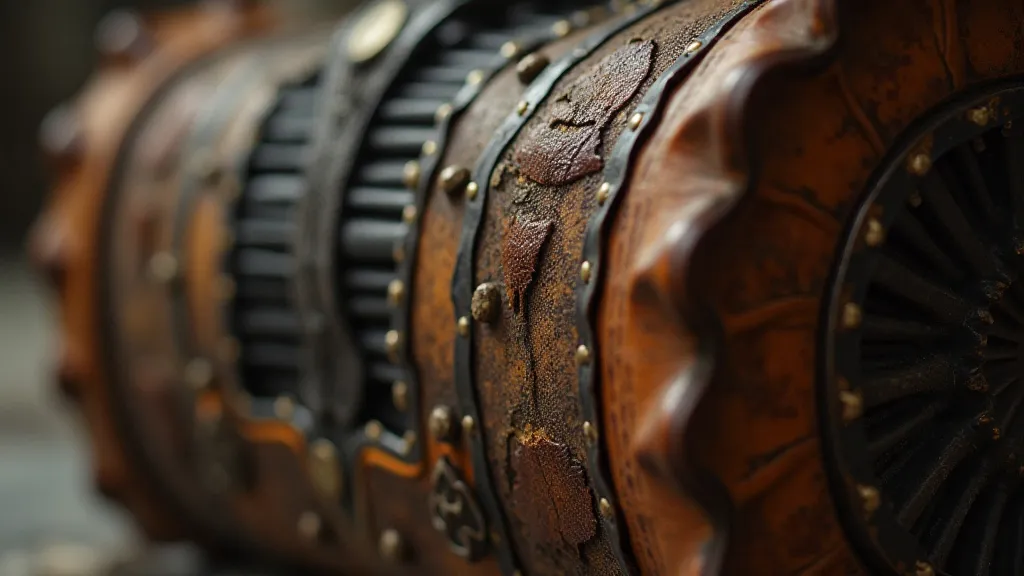
Finding Beauty in Imperfection
Restoring the accordion wasn't about returning it to factory-fresh condition. It was about preserving its character, its history, its imperfections. A few scratches on the wood, a slight discoloration on the bellows – these weren’t flaws to be eradicated; they were evidence of a life well-lived. They told a story. Just as a heron's feathers bear the marks of countless sunrises and storms, the accordion's scars spoke of years of music and laughter.
This understanding extends directly to birdwatching. We often chase the "perfect" sighting – the rare bird, the striking pose, the crystal-clear photograph. But true appreciation lies in embracing the ordinary, the commonplace. The familiar sparrow flitting amongst the weeds, the mourning dove cooing its melancholic song – these are just as worthy of our attention as the elusive warbler. It’s in observing the nuances, the subtle details, that we find the true beauty. The vibrant hues of a bird’s plumage, for example, are a testament to the intricate processes of evolution and adaptation—a fascinating spectrum that invites closer inspection and deeper understanding of chromatic reverie.

The Rewards of Observation
The heron doesn’t hunt aggressively. It stands, patient, observant, waiting for the opportune moment. Its stillness isn’t passive; it's a form of active engagement. It's an understanding that the best rewards come not from frantic effort, but from mindful waiting. This applies not just to birdwatching or restoring antique instruments, but to life itself.
Think about the skill required to identify birds. It’s not just about memorizing lists of names and appearances. It's about learning to observe behavior, to listen for distinctive calls, to understand habitat preferences. It's about developing a keen eye for detail and a willingness to learn from every encounter. Each bird, each accordion, offers a lesson if we’re willing to look and listen carefully. The process of restoration, in fact, often reveals unexpected insights—a deeper connection to the past, a newfound appreciation for craftsmanship, and a profound sense of purpose. Like the preservation of a historical instrument, the preservation of avian habitats necessitates a similar dedication—a willingness to protect fragile ecosystems and ensure the survival of vulnerable species.
My grandfather's accordion now plays again, its sound a little raspy, a little imperfect, but full of character. When I play it, I'm not just recreating music; I'm connecting with him, with his history, with the echoes of generations past. And just as the heron finds sustenance in its quiet vigilance, I find a profound sense of peace and connection in the deliberate act of observation. The world, when viewed through the lens of patience, reveals layers of detail often missed in the rush of modern life. The subtle shift in a heron's posture, the delicate curve of an accordion's bellows—these are the moments that enrich our lives and deepen our understanding of the intricate web of existence.
Beyond the Surface
The journey of restoring the accordion and cultivating a mindful approach to birdwatching has taught me a valuable lesson: that the greatest rewards come not from chasing fleeting moments of excitement, but from embracing stillness, patience, and a deep appreciation for the world around us. The heron stands as a constant reminder—a feathered embodiment of a philosophy that can enrich both our pursuits and our lives. It is a call to slow down, to breathe, and to truly see. The fragility of ecosystems, the intricacies of a musical instrument, the profound beauty of a single bird—these are all interconnected threads in the tapestry of life, demanding our attention, our respect, and our unwavering commitment to preservation. Understanding the impact of human actions on avian populations, for example, requires a nuanced perspective—a willingness to acknowledge the consequences of habitat loss and the importance of sustainable practices. This, in turn, necessitates a shift in our relationship with the natural world—a move away from exploitation and towards a deeper, more reciprocal connection. It demands a commitment to safeguarding the environments that support avian life, ensuring that future generations can experience the wonder and beauty of these magnificent creatures. The echoes of the past, resonating through the music of an antique accordion and the silent grace of a heron, serve as a powerful reminder of our responsibility to protect the world around us—a call to action, a plea for understanding, and a testament to the enduring power of observation.
